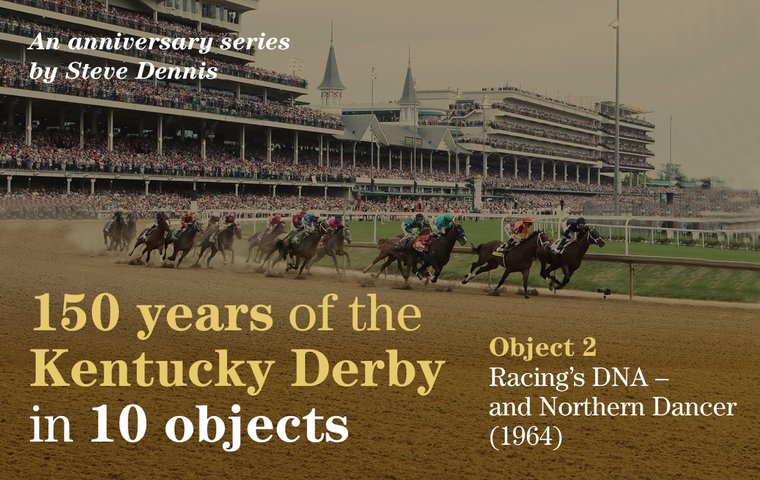
Our new series tracing 150 years of Kentucky Derby history continues with Northern Dancer, whose famous legacy owes much to Churchill Downs
Some Kentucky Derby winners are famous for a week, some for a year, some for all time.
But there is one who became so famous that his renown has eventually been made commonplace, his fame reduced to ubiquity yet magnified because of that.
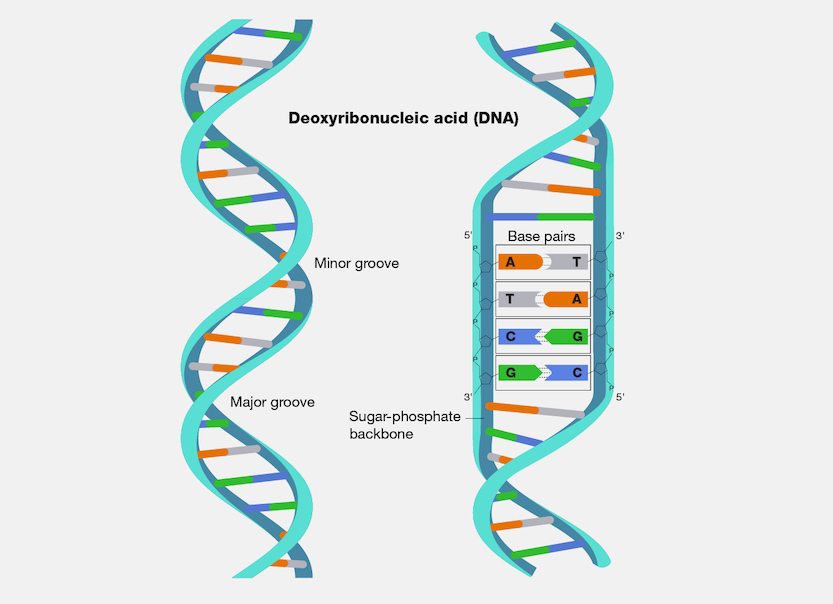 In 1964, a little white-faced, white-footed Canadian-bred named Northern Dancer used America’s greatest race as the springboard to becoming the world’s greatest stallion.
In 1964, a little white-faced, white-footed Canadian-bred named Northern Dancer used America’s greatest race as the springboard to becoming the world’s greatest stallion.
His DNA conquered the racing world by main force, and now his influence is so pervasive among modern Thoroughbreds that it might perversely be said not to be an influence at all, just something always present, like sunlight, water, and hope.
Who’s the daddy? Top ten greatest sires of the last 100 years
For starters, all 15 major European Classic winners in 2023 (five in Britain, France and Ireland) – plus all three Triple Crown races in the US and the Breeders’ Cup Classic for good measure – trace back to Northern Dancer, frequently on both sides of their pedigree. Seek and thou shalt always find – yet, remarkably, it might not have been so.
Once upon a time, in a move that would have made the rejection of The Beatles by an anonymous Decca record executive seem a trivial blunder in comparison, there was consideration given to having a headstrong Northern Dancer gelded.
“He was feisty, not mean at all, but he would do tricks, would wheel around,” Joe Thomas, who managed Northern Dancer’s stud career, told the Lexington Herald-Leader.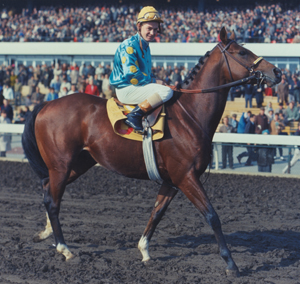
“His trainer Horatio Luro wanted to have him castrated. I advised him that such an operation hadn’t worked before with another wilful horse we’d had, so why try it again?”
Young troublemaker
Edward (EP) Taylor, owner-breeder of the young troublemaker under his Windfields Farm banner, agreed with Thomas. Northern Dancer remained a colt. History would be forever grateful.
The tricksy Northern Dancer went seven-for-nine through his two-year-old campaign and was named Canadian juvenile champion. First Canada, then the world.
He was beaten at Hialeah on his first start at three but then found his groove and took a four-race streak, capped by wins in the Florida Derby and the Blue Grass, to Churchill Downs, where he was second-choice behind Hill Rise in a field of 12 for the Kentucky Derby.
Hill Rise had marmalised all-comers in California and was a hot favourite, to the extent that one writer suggested “anyone who bets against Hill Rise in the Run for the Roses must be on the fringe of insanity”. Nevertheless, there were plenty of lunatics out there willing to take 7-2 about Northern Dancer, who was physically dwarfed by his giant rival.
Size isn’t everything, though. Northern Dancer was always well placed under Bill Hartack, whereas Hill Rise found plenty of trouble in running for Bill Shoemaker, who had changed horses in midstream after riding Northern Dancer to win in Florida. The moment of truth came on the far turn.
“I knew the time had come to use my speed and use it quickly before Hill Rise could start his own run,” said the flinty, quarrelsome Hartack, as good with his fists in the jockeys’ room as he was in the saddle. “I really went for it leaving the quarter-pole.”
Two minutes flat
Northern Dancer sizzled through an 11-second furlong and that bought him enough daylight to get home by, for although Hill Rise relentlessly closed him down in late stretch, the favourite ran out of track. Northern Dancer won by a neck in two minutes flat, the fastest Kentucky Derby ever run to that point. He was the first horse bred in Canada to win America’s race.
That sealed his stallion career right there. Northern Dancer then won the Preakness, ran third in the Belmont behind Derby fifth Quadrangle, and was retired at the end of the year as US champion three-year-old colt, to stand at his birthplace of Windfields Farm in Ontario for an introductory $10,000.
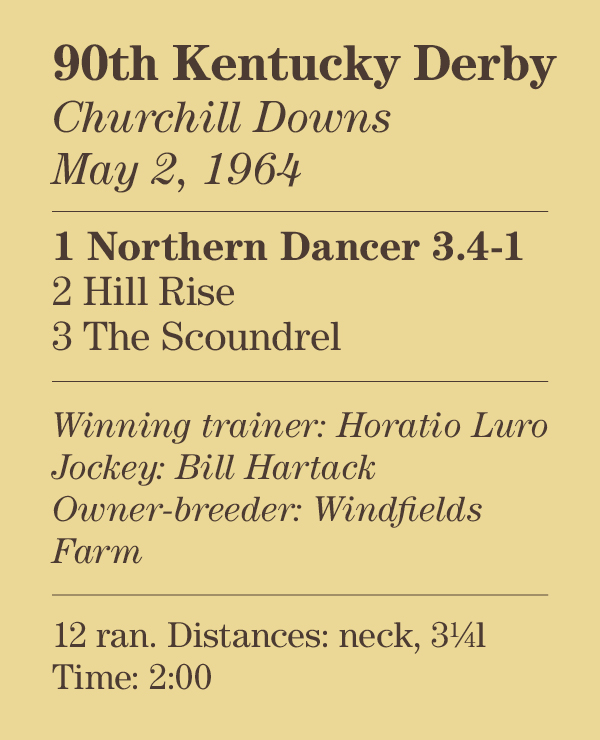 His diminutive stature meant that special measures had to be taken in the breeding shed. His first book of mares were required to stand in a hastily dug trench to allow him to cover them, and after he was moved to Windfields’ Maryland site he used a purpose-built ramp known as the pitcher’s mound to give him the extra inches he needed.
His diminutive stature meant that special measures had to be taken in the breeding shed. His first book of mares were required to stand in a hastily dug trench to allow him to cover them, and after he was moved to Windfields’ Maryland site he used a purpose-built ramp known as the pitcher’s mound to give him the extra inches he needed.
But it is what you can’t see that is essential. Northern Dancer had the pedigree to succeed, coming from the breed-shaping line of Phalaris and Nearco, and he began to produce the goods right out of the gate. His first crop included Canadian Horse of the Year Viceregal and his second crop contained the outstanding champion Nijinsky, winner of the Triple Crown in Britain, who provided the foundation for his legacy and his legend to flourish.
Speed, stamina, athleticism
Northern Dancer’s progeny were characterised by an irresistible blend of speed, stamina and athleticism, and as they climbed the ladder so did his stud fee. At the end of his phenomenal career, one nomination to the grand-daddy of them all changed hands for $1 million.
He was responsible for 645 named foals, of which 411 were winners. Northern Dancer was a phenomenal sire on any metric, but his greatest gift to the bloodstock industry was his role as a colossally successful sire of sires. The best of his offspring were as potent and as popular and as prodigious as he had been and they went forth and multiplied, conquering the world.
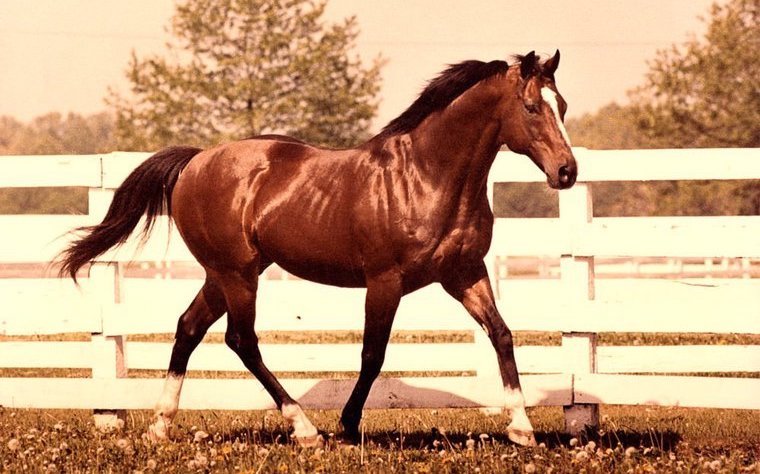
His most lapidary bloodline is the one that descends through multiple champion sires Sadler’s Wells and Galileo and is now flourishing in Frankel. The winner of the 1964 Kentucky Derby has become, over time, the most recent common ancestor of practically every Thoroughbred alive – although, peculiarly, he never sired a winner of the race that made his name.
Northern Dancer was pensioned from stud duty in 1987 and died in November 1990 at the age of 29. But death shall have no dominion. More than 30 years later, his name – through his sons and their sons and their sons and daughters unending – twinkles from the pedigree pages like the numberless stars in the night sky.
• Visit the Kentucky Derby website
Kentucky Derby 2024: who are the early front-runners for America’s greatest race?
Jay Hovdey’s Favorite Racehorses: Smarty Jones – ‘You know, this is America’s horse!’
‘It’s in our blood’ – tracing the rich tradition of Black horsemen in Cajun country
View the latest TRC Global Rankings for horses / jockeys / trainers / sires


